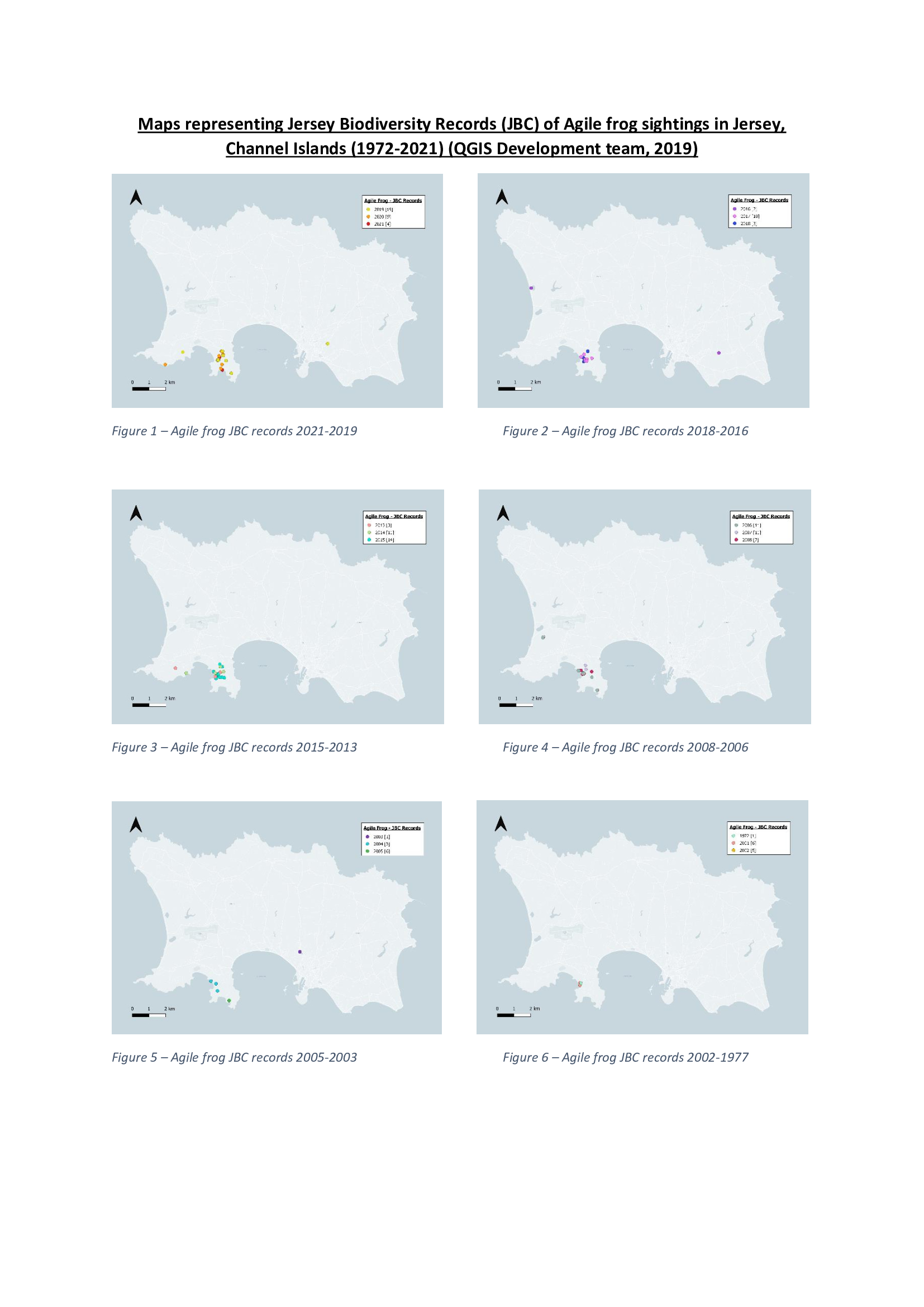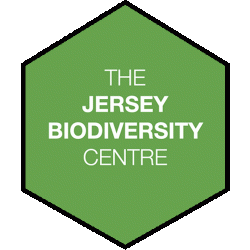Agile Frog - Conservation
Agile Frog - Conservation
Conservation status: Amphibians are the most threatened taxa due to anthropogenic factors such as habitat destruction, environmental contamination and most importantly climate change. They are sensitive to climate change due to their permeable skin as they rely on optimal microclimatic conditions for osmoregulation and respiration (Combes et al., 2018).
The Agile frog is listed as locally critically endangered in Jersey. An Action plan was agreed by the Agile Frog group, formerly known as Jersey Reptile and Amphibian Conservation Group in response to the species decline. Since the 1900’s the species have faced sharp decline from initial seven sites to only one due to devastating agricultural pesticide spill in the breeding pond (Buley, Gibson and Pinel, 2001).
Société bulletin 2017: In 2016, 102 frog spawn clumps were found in which 4 were harvested from the wild and delivered to Durrell for head starting. ‘Head starting’ is a process in which eggs, spawn or juveniles are reared in captivity before being rereleased back into the wild. A total of 2,176 tadpoles were released back into the wild (Cox and Cornish, 2017).
Société bulletin 2019: In the winter of 2016/2017 was comparatively dry than the former years which led to a reduced size of breeding ponds in Ouaisne Common. Noirmont pond was sufficient for the translocation of rescued spawn clumps as it held enough water to sustain a population. A student from the university of Kent carried out a suitability index, this study showed that the agile frog population could be encouraged to spread outwards into neighbouring countryside by utilising garden ponds. Recommendations of working with neighbours of Ouaisne common will encourage garden owners to look after their ponds to supply more habitats for agile frog (Liddiard, 2019).
Société bulletin 2021: In response to the declines the States of Jersey department of environment, Durrell wildlife trust and Jersey Amphibian and Reptile group aimed to restore the population status of agile frog to a ‘favourable status’ defined under the EU (European Union) Habitats Directive. Both sites, Noirmont and Ouaisne are designated sites of special interest (SSIs) where this species occupies. Erin Cowham from Jersey International Centre of Advanced Studies (JICAS) produced a population viability analysis (PVA) on the agile frog population. Results from these models show that declining population in Ouaisne showed less than 5% extinction probability in the next 20 years compared to Noirmont with a higher risk of more than 5%, suggesting that headstarting can cease and instead be monitored in Ouaisne while Noirmont and other receptor sites should continue headstarting for two years to allow a population to reach a sustaining level. Another recommendation was to create new receptor sites in habitats near woodlands for higher adult mortality (Cowham, 2021).
Trends: As you can see by the records and distribution of this species throughout the years (1972-2021) the records in 1972-2002 are limited to one site, this is probably due to lack of sampling effort as well as the sharp declines which occurred with habitat contamination in the 1900s. However, when looking at the data from 2006-2021 you can see that the species have increased in sightings. Headstarting and other conservation efforts throughout the years. This is promising news for this localised critically endangered species. To keep this population unthreatened from extinction captive breeding programmes and species action plans mentioned in the bulletins have been in place since 2000 in hope to maximise the population.

